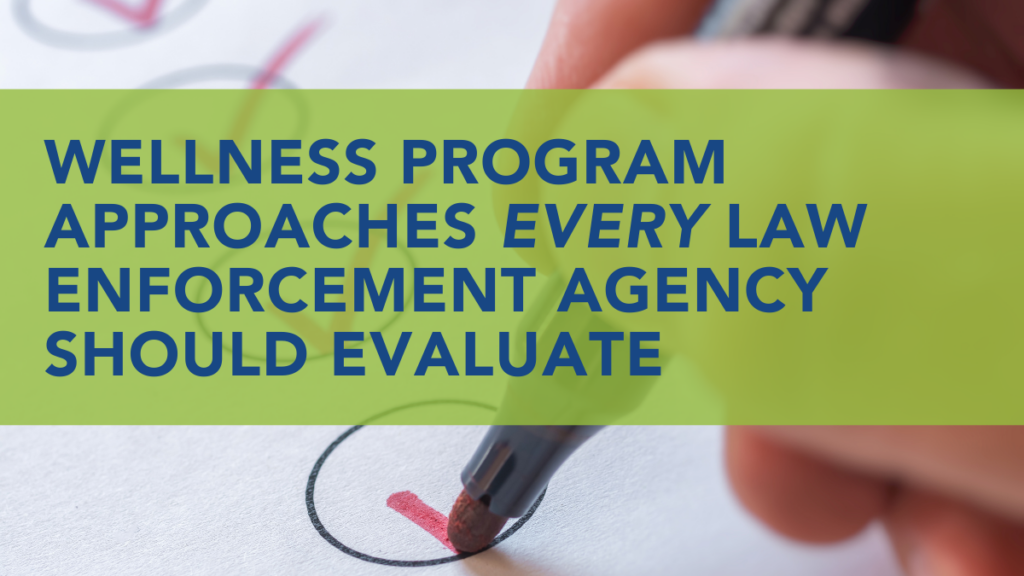Benchmark Blog

21st Century Policing
Accreditation 101: The Benefits of State and National Police Accreditation

21st Century Policing
Early Intervention Systems that Meet Law Enforcement Accreditation Standards

Agency Accreditation
Agency Accreditation: What to consider before pursuing it for your department
Ready to Experience the Benchmark Difference?
Benchmark Analytics and its powerful suite of solutions can help you turn your agency’s challenges into opportunities. Get in touch with our expert team today.




